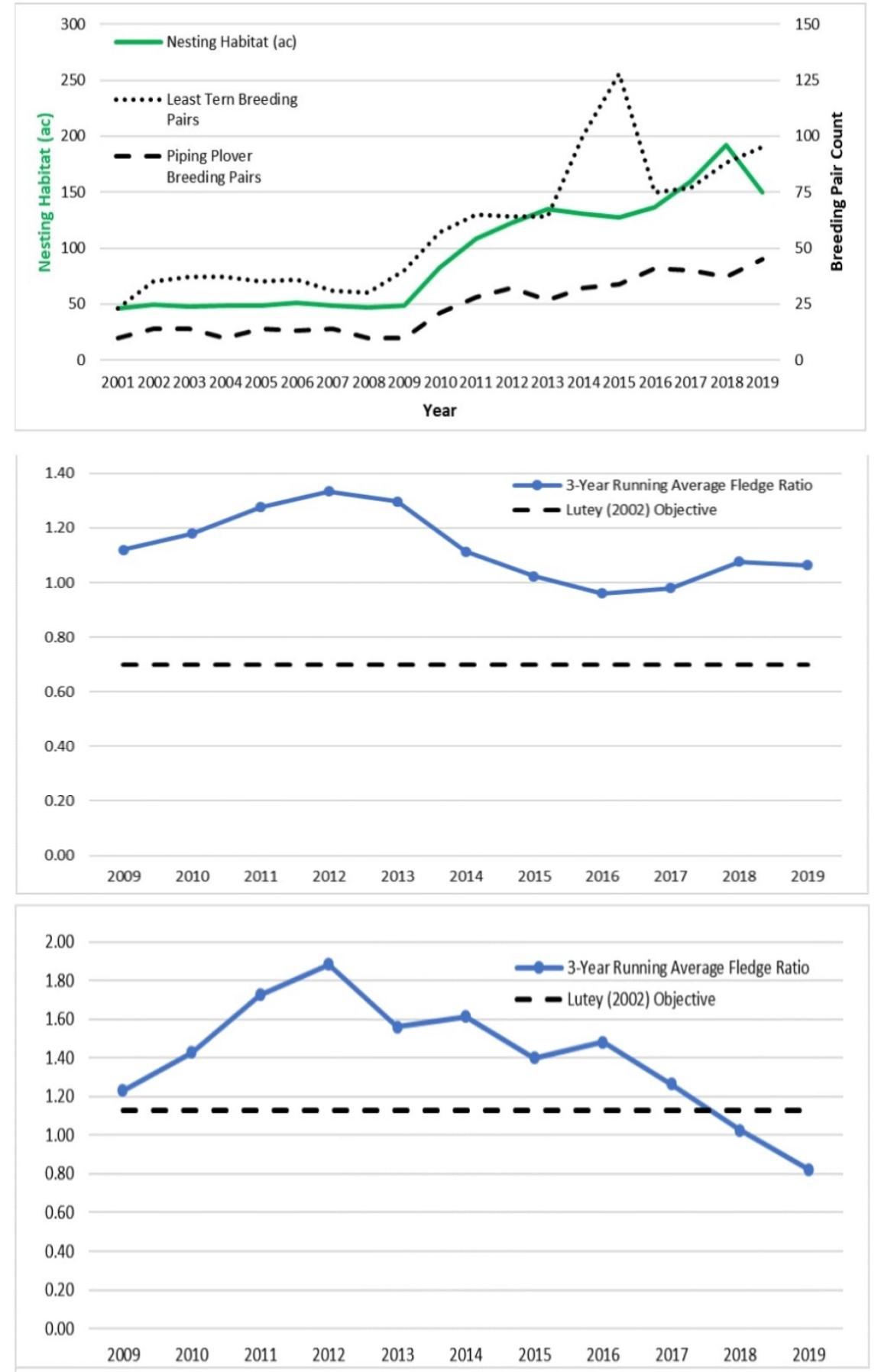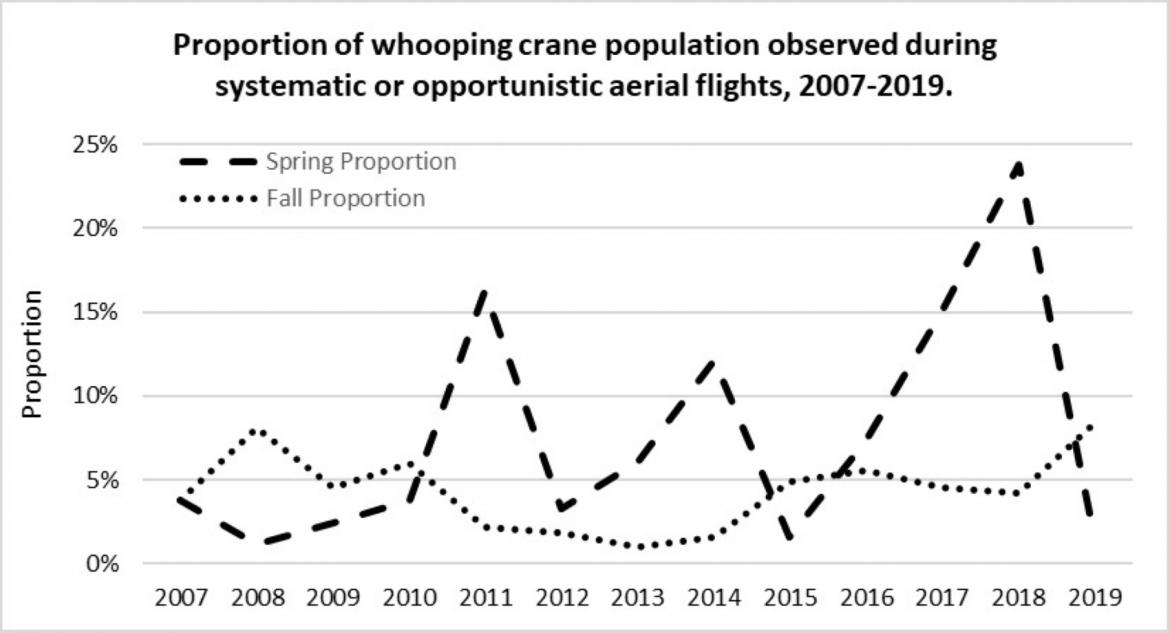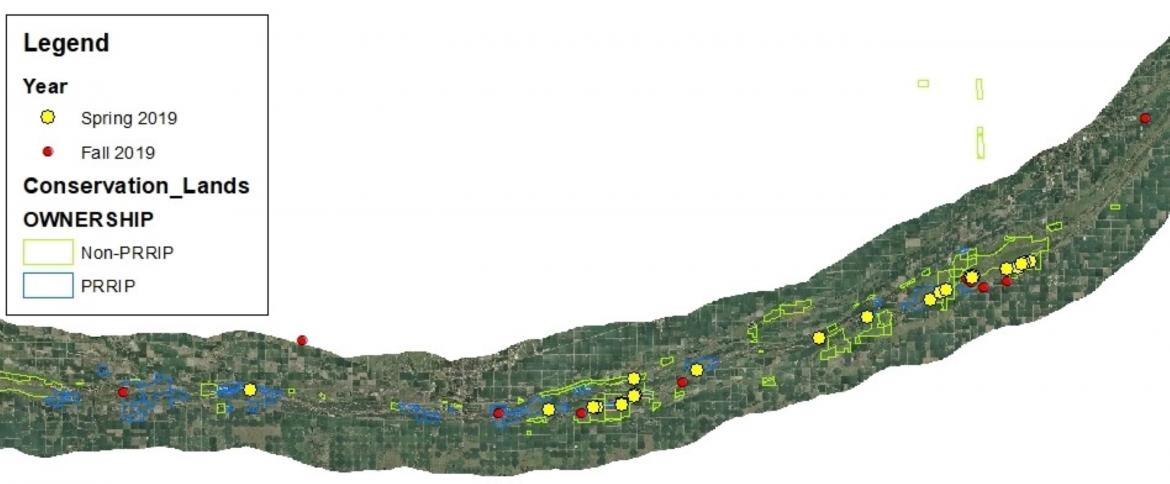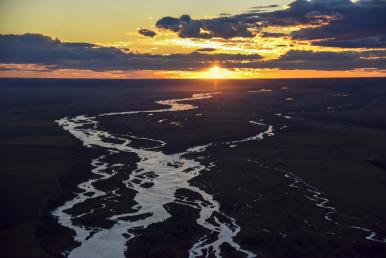Platte River Recovery Implementation Program News
WASHINGTON, Dec. 30, 2019 – U.S. Secretary of the Interior David Bernhardt signed an amendment to the Platte River Recovery Implementation Program Cooperative Agreement, along with the governors of Colorado, Nebraska and Wyoming, committing resources to extend the program through Dec. 31, 2032. The Platte River Recovery Implementation Program utilizes federal- and state-provided financial resources, water and scientific monitoring and research to support and protect four threatened and endangered species that inhabit areas of the Central and Lower Platte rivers in Nebraska while allowing for continued water and hydropower project operations in the Platte River basin.
“This program is truly an important partnership that has been successful because of the broad collaboration between federal and state representatives, water and power users and conservation groups,” said Secretary Bernhardt. “All of these stakeholders working together to help recover imperiled species is critical as new water and power projects are continued and developed in the Platte River Basin.”
The program provides compliance for four species under the Endangered Species Act (ESA) for new and existing water-related projects in the Platte River Basin. Examples of existing water related projects include the Bureau of Reclamation’s Colorado Big-Thompson Project on the South Platte River in Colorado and the North Platte Project in Wyoming and Nebraska.
“Programs like the Platte River Recovery Implementation Program are critical to ensuring that Reclamation is able to deliver water and power in an environmentally and economically sound manner,” said Bureau of Reclamation Commissioner Brenda Burman. “This program is a true success story of how stakeholders and government from across state lines can work together for the common good.”
The program began in 2007 and is managed by a governance committee comprised of representatives from Colorado, Nebraska and Wyoming, water users, environmental groups and the Department of the Interior's Bureau of Reclamation and U.S. Fish & Wildlife Service.
“This program is a true success story of how stakeholders and government from across state lines can work together for the common good.”
- Bureau of Reclamation Commissioner Brenda Burman
“The Platte River Recovery Implementation Program has brought together three states, environmental groups, water users, and two federal agencies to forge a common goal of balancing existing use with an eye towards recovery for four threatened and endangered species,” said Wyoming Governor Mark Gordon. “This program has ensured that Wyoming continues existing water uses in the South and North Platte River Basins while making measurable contributions to species recovery.”
“The signing of the Platte River Recovery Implementation Program Cooperative Agreement Amendment marks the celebration of more than a decade of success,” said Colorado Governor Jared Polis. “The commitment by the states and the U.S. Department of the Interior to continue the program’s innovative approach to species recovery and Endangered Species Act compliance is a win-win for the future of Colorado’s citizens and the environment. We look forward to the next 13 years working with our partners to lead in this national model of collaboration.”
“Agriculture is Nebraska’s number one industry. Extending the Platte River Recovery Implementation Program gives Nebraska’s ag producers certainty around water and land use in the coming years,” said Nebraska Governor Pete Ricketts. “We appreciate the collaboration we enjoy with the other states who are party to this agreement, and we look forward to working with them in the coming years.”
The estimated total value of federal and state contributions to the program during the first extension is $156 million. The U.S. Department of the Interior will provide one half of the funding necessary for the extension, which will be matched by states through contributions of non-federal funding and water from state-sponsored projects that is provided for the benefit of target threatened and endangered species.
Each summer the Platte River Recovery Implementation Program (Program) and its partners survey the river and off-channel nesting habitat to document least tern and piping plover abundance and productivity within the Associated Habitat Area (AHR) for the Program. Monitoring typically occurs from 1 May – 1 August; however, the monitoring season has been extended when least terns or piping plovers are known to be within the AHR outside of this range of dates.
Similar to previous years, there was a good distribution of nests across off-channel sand and water (OCSW) and sandpit sites throughout the AHR, but no in-channel nesting was observed during 2019. The number of breeding pairs observed during 2019 was high and comparable to other years that the Program did not add any more off-channel nesting habitat. This season was a moderately successful year for least tern nests as 51% (67 of 132) of least tern nests hatched. Piping plover nests were moderately successful as well with 52% (31 of 60) of nests hatching. However, chick success for both species was poor, largely due to predation and major flooding, both factors that also affected nest success. The overall fledge ratio for least terns was 0.75 fledglings per breeding pair, which was an all-time low since 2007. Piping Plovers had an overall fledge ratio of 0.67 fledglings per breeding pair in 2019, which was slightly higher than in 2018.

Breeding pair counts for both species have increased steadily since 2009 when the Program began acquiring and restoring off-channel nesting sites (top plot). Fledge ratios for least terns (middle plot) were at an all-time low during 2019. The plots show a 3-year running average that smooths out the curve, allowing us to better observe trends, so this all-time low is not visible in the plot. Piping plover fledge ratios have shown a decline in the past few years, though their fledge ratio for 2019 was slightly higher than in 2018 (bottom plot). Once again, this is not obvious in the plot as it represents a running average.
Every spring and fall the Platte River Recovery Implementation Program (Program) implements systematic aerial flights and ground searches to document the presence of whooping cranes within the Associated Habitat Area (AHR) for the Program. This monitoring typically occurs from 6 March – 29 April in the spring and 9 October – 15 November in the fall; however, the monitoring seasons have been initiated early or extended when whooping cranes are known to be within the AHR outside of these ranges of dates.
In spring 2019, PRRIP located 8 unique whooping crane groups made up of just 9 individual cranes using the AHR. Given the relatively small number when compared to the spring of 2018, we still had 76 crane use days. The low numbers were likely due to the very wet and cold spring we had.
Between 9 October and 15 November, 2019, a total of 42 whooping cranes were detected by the Program's monitoring efforts. These birds accumulated a total of 120 whooping crane use days.

Since 2001, the proportion of the whooping crane population observed within the AHR has increased significantly during the spring and has remained fairly steady during the fall.

During the spring and fall of 2019 monitoring seasons many of the whooping cranes observed during systematic surveys were located on Program or other conservation organization owned lands.
